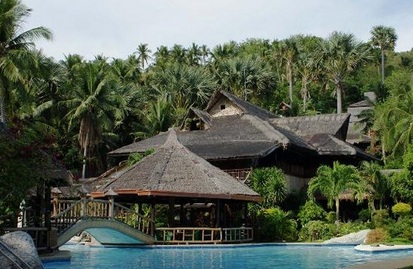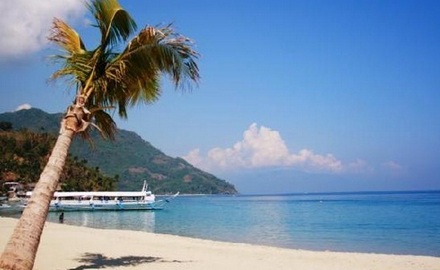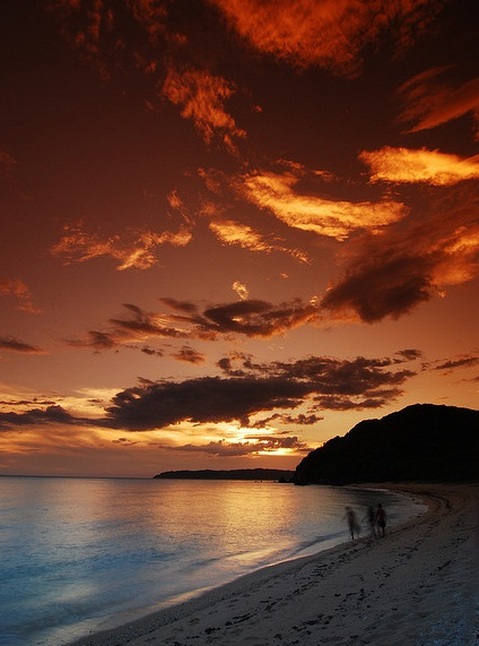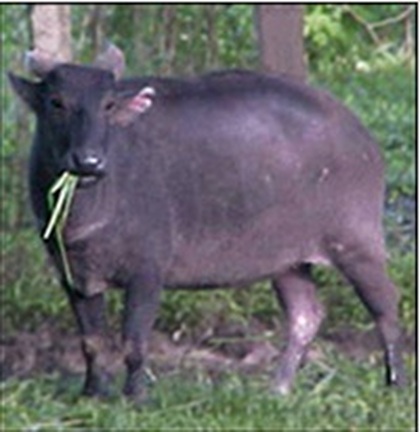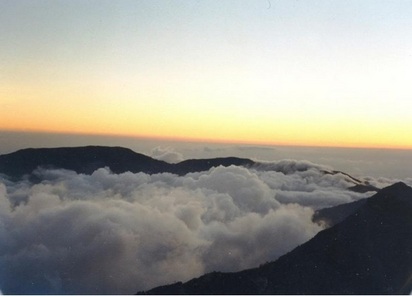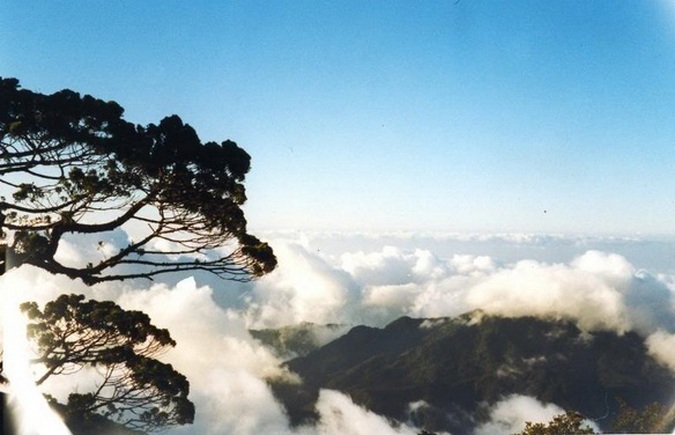Mindoro is the seventh-largest island in the Philippines. It is located in Luzon, and northeast of Palawan. In past times, it has been called Ma-i or Mait by ancient Chinese traders and, by Spaniards, as Mina de Oro (meaning "gold mine") from where the island got its current name. The island was divided into its two present-day provinces, Occidental Mindoro and Oriental Mindoro, in 1950. Before then, since 1921, the entire island was one province. Mindoro is also home to the Tamaraw or Mindoro dwarf buffalo (Bubalus mindorensis), which is endemic to the island. The Tamaraw is abovine related to the water buffalo and is an endangered species. It is also home for the 4th highest mountain in the Philippines, Mt. Halcon where mountaineers from all over the country go for a thrilling hike aside from many beautiful beaches that are famous for white sands.
Puerto Galera
Puerto Galera is in the north westernmost municipality in the province of Oriental Mindoro, Philippines. It is located at the southwestern end of the Isla Verde Passage, about 130 kilometers (81 mi) south of Manila. It is famous for its white beach and fine sands. The Coral reefs are also teeming with wildlife.
Lubang Island
Lubang Island is the largest island in the Lubang Islands, an archipelago which lies to the northwest of the northern end of Mindoro in thePhilippines. The Lubang Islands are about 150 kilometers southwest of Manila. There are seven islands in the group, The largest settlement is the town of Lubang on Lubang Island, it is about eight miles northwest of the only safe anchorage at Port Tilig.
Mount Halcon is the fourth highest mountain in the Philippines. It is found in the municipality of Baco in the province of Oriental Mindoro, the eastern half of Mindoro Island. Running from north to south, the mountain creates a natural boundary between the province and Occidental Mindoro. With a height of 2,586 meters above sea level, it experiences frequent rains and occasional flash floods. Because of this hazard, it is generally considered by mountaineers to be the most difficult mountain to climb in the Philippines.
Mt. Halcon. A picturesque view from the Summit.
